The marriage took place on the 13th of August in 1352.
Lionel and Elizabeth's marriage lasted eleven years and produced one child a daughter who they named Phillipa. The marriage ended with Elizabeth's death at the age of thirty-one in 1363. It would be the through Phillipa that the Yorkist would make its claim to the throne of England.
He married secondly Violante, the daughter of Galeazzo Visconti, Lord of Pavia five years later. Lionel would not survive their wedding day!
There is a tiny bit more on this subject here
meanderingthroughtime.weebly.com/history-bites/a-cold-case

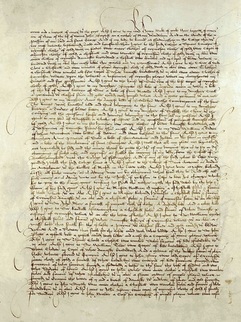
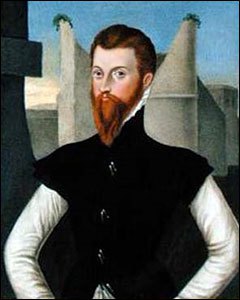
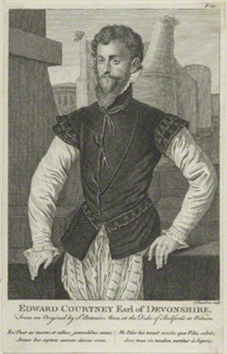
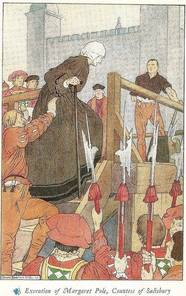
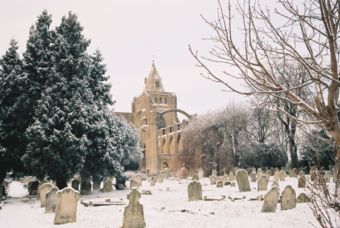
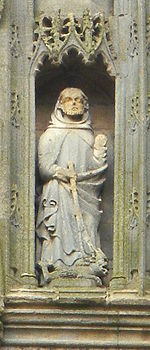
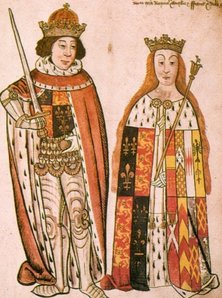
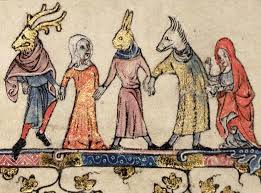

 RSS Feed
RSS Feed
